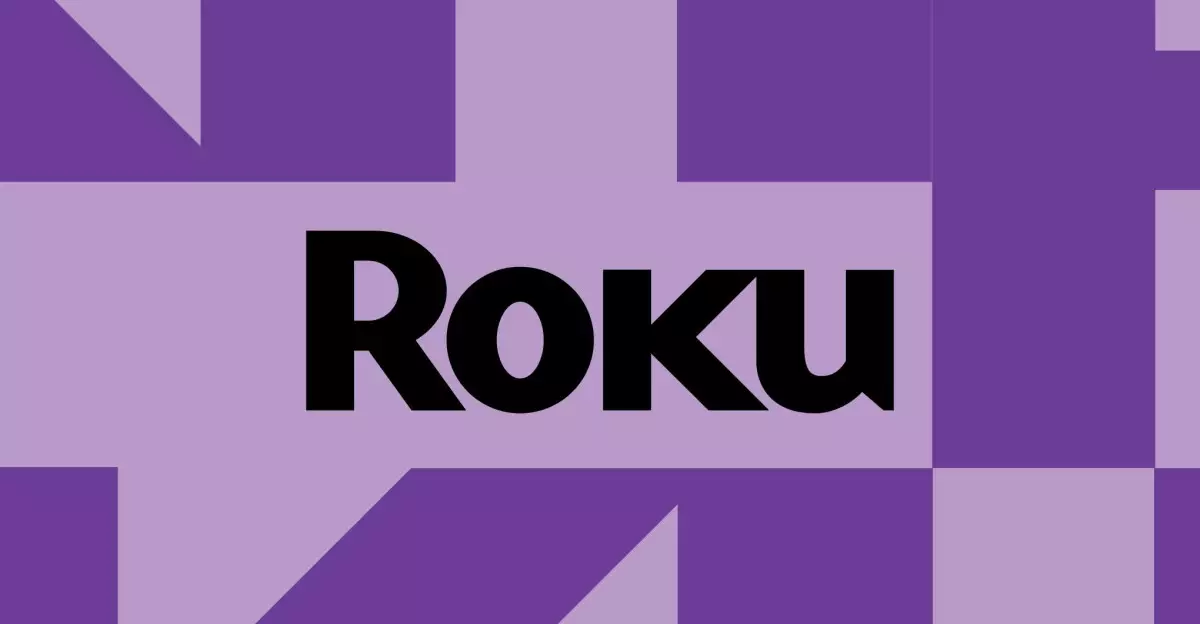In the ever-evolving landscape of streaming technology, viewers routinely enjoy vibrant visuals and rich colors; however, a recent software update from Roku has thrown a wrench into this experience. A growing chorus of users has reported a perplexing washing out of colors during HDR content streaming, a problem that the media giant is aware of but seems to be struggling to resolve. As viewers become increasingly discerning about their viewing quality, developments like these are concerning for a company that has built its reputation on delivering a top-notch viewing experience.
The stir began with complaints on Roku’s issue tracking board, where users expressed their discontent with the lack of color depth while streaming significant titles from platforms like Disney Plus. It started basic—primarily those using TCL televisions reported issues—but as time progressed, the complaints morphed into something more universal affecting various Roku devices and brands. When dedicated users encounter such technical difficulties, it undermines the sense of trust and reliability that has been a hallmark of Roku products.
Community Voices: The Frustration Is Real
As the online dialogue unfolded, RokuEmmanuel-D, a community moderator, took to the platform to assure users that the company’s team was looking into the HDR color problems. However, despite this collaborative approach, the dialogue exposed an alarming reality: the community wasn’t just complaining about a single application glitch; they were highlighting a systemic failure in Roku’s handling of HDR content across multiple apps. It’s disheartening to see a brand that once stood at the forefront of innovation buckling under the weight of what should be considered standard operational procedures for software updates.
Among the most telling examples shared were users who posted images from Disney’s Andor that starkly demonstrated the decline in image quality. The once vibrant hues were rendered nearly colorless, resembling grayscale movies more than the vivid adventures fans were looking forward to. These reports were compounded by additional feedback from viewers experiencing similar issues with streaming giants like YouTube TV, Netflix, and Apple TV Plus. This widespread dissatisfaction sends a clear message: it’s more than just a bug; it’s a glaring weakness in quality control.
Possible Solutions or a Hopeless Situation?
The response from streaming communities has begged the question—what should users do while Roku grapples with this challenge? Although many users acknowledged that their HDMI connections from gaming consoles and 4K Blu-Ray players continued to function well, it shines a light on the fact that the malady is deeply embedded in Roku’s software infrastructure. A temporary workaround might involve connecting external devices for high-quality output, but that cannot be the long-term solution expected from an industry leader.
Moreover, the fact that this issue seems primarily confined to HDR streaming suggests that the fault lies not with the televisions themselves, but with the software interface that Roku has rolled out. Users remain in a perplexing limbo—disappointed that the solutions don’t easily present themselves while feeling somewhat trapped by the ecosystem they have chosen. This raises an important point about user agency and the expectations that come when buying into a brand that prides itself on seamless integration and user-friendly experiences.
The Bigger Picture: A Call for Accountability
As consumer expectations grow and the market becomes more competitive, companies like Roku must prioritize robust quality control measures when rolling out software updates. The ripple effect of a single unresolved issue can damage consumer trust, and in a technology-centric world, that could lead loyal customers toward competing platforms that promise and deliver a more reliable product. It’s vital for tech companies to remain transparent about issues and act swiftly to address any technical anomalies. The current situation demands vigilance and accountability, not just from Roku, but from the entire industry.
Roku’s HDR color dilemma offers a cautionary tale about the significance of maintaining quality when embracing changes in technology. As HDR has become a standard in modern viewing experiences, the stakes have never been higher—for users expecting vibrant content; for Roku, as it grapples with quality assurance; and for an industry that thrives on consumer confidence. The fight for flawless viewing continues, but at what cost?


Leave a Reply